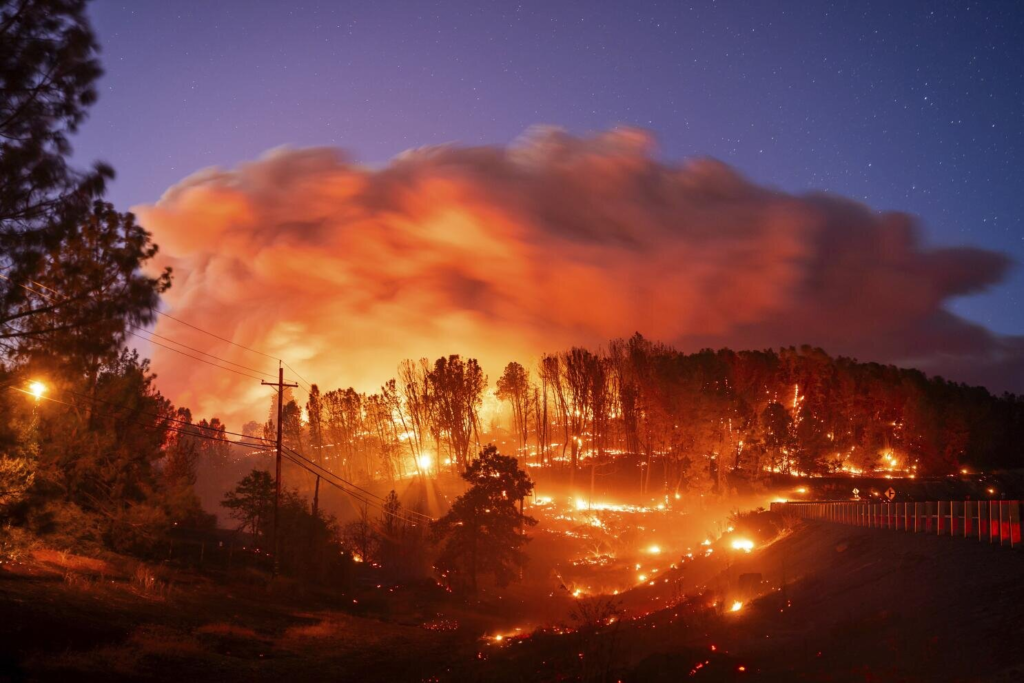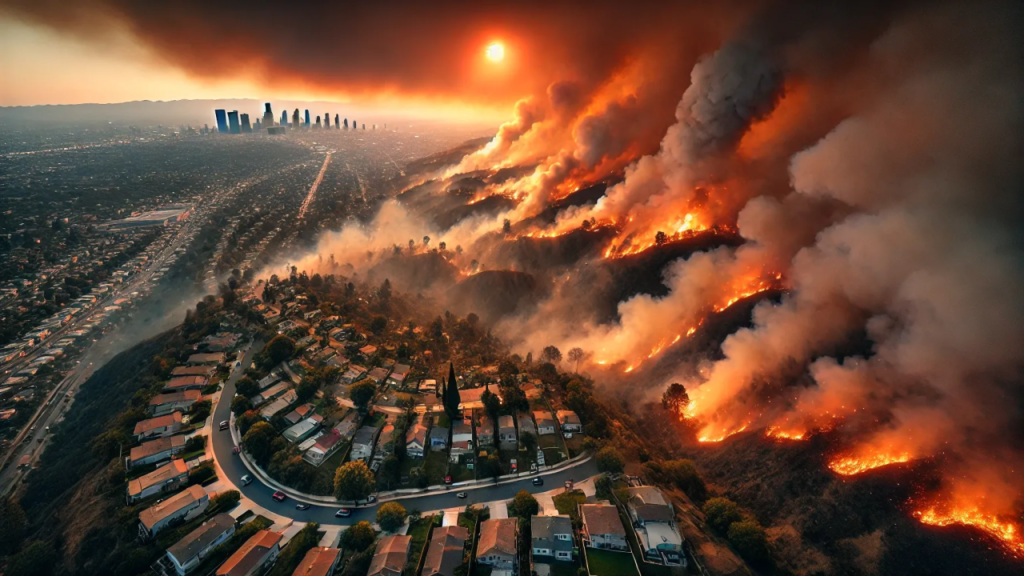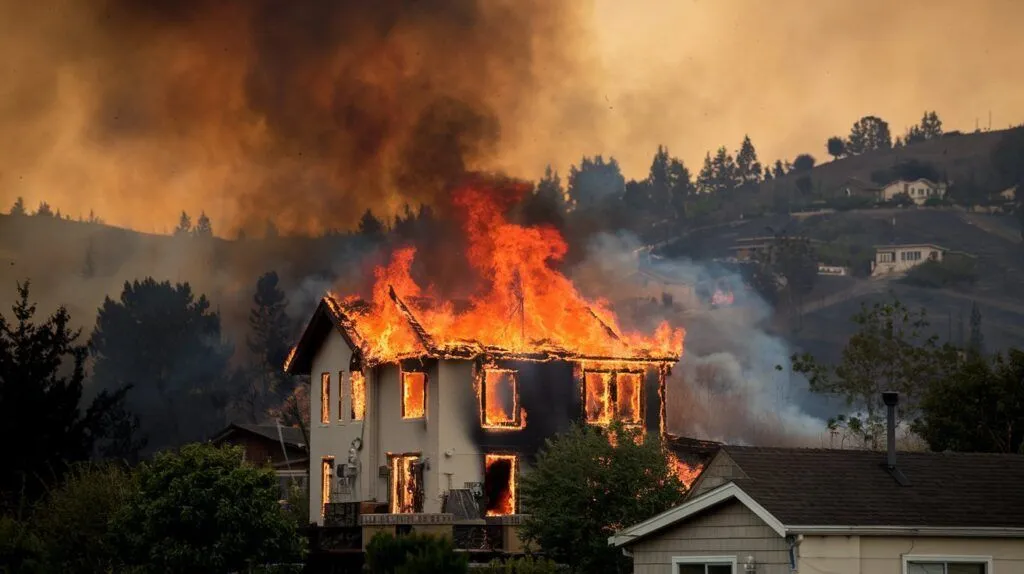As summer approaches, California is gearing up for what experts predict could be another intense wildfire season in 2025. After a devastating start to the year, with fires like the Eaton and Palisades blazes claiming lives and destroying thousands of homes, the state is taking bold steps to address prevention, adapt to climate-driven fire risks, and strengthen community evacuation plans. With hotter temperatures, prolonged droughts, and stronger winds fueled by climate change, Californians are coming together to protect their communities and rethink how they live with fire. This article explores the state’s preparations, the challenges posed by a changing climate, and what residents can do to stay safe.

A Sobering Start to 2025
The 2025 wildfire season is already off to a grim start. In January, wind-driven fires tore through Los Angeles County, including the Eaton fire in Altadena and the Palisades fire along the Pacific Coast. These blazes destroyed nearly 17,000 structures, forced over 100,000 people to evacuate, and caused significant loss of life. The Eaton fire alone claimed 18 lives, while the Palisades fire resulted in 12 deaths. The economic toll is staggering, with damages estimated at over $150 billion. These early fires have set a serious tone, reminding Californians that the threat of wildfires is not just a summer concern but a year-round reality.
Experts warn that the rest of 2025 could bring more challenges. The National Interagency Fire Center predicts above-normal wildfire activity in July and August, particularly in areas hit hard by drought and heat. While spring storms may bring temporary relief to some parts of the state, the combination of dry vegetation, high winds, and rising temperatures could create dangerous fire conditions later in the year. As California braces for what lies ahead, the focus is on prevention, understanding climate-driven risks, and ensuring communities are ready to respond.
Prevention Efforts: A Multi-Pronged Approach
California is doubling down on wildfire prevention, with state and local governments, utility companies, and residents all playing a role. Governor Gavin Newsom has made wildfire resilience a top priority, signing legislation in April 2025 that invests an additional $170 million in forest and vegetation management. This funding supports projects like controlled burns, fuel reduction, and forest thinning to reduce the amount of dry vegetation that fuels fires. The state has also committed $2.5 billion since 2020 to wildfire prevention, with plans to allocate another $1.5 billion from a 2024 climate bond to enhance these efforts.

Utility companies, often linked to wildfire ignitions due to power lines, are also stepping up. Southern California Edison recently submitted a $6.2 billion wildfire mitigation plan for 2026-2028. The plan includes innovative measures like installing covered conductors to prevent sparks, using fast-acting fuses, and increasing underground power lines in high-risk areas. The company is also leveraging advanced technology, such as AI-powered cameras and satellite imagery, to monitor vegetation and detect fires early. These efforts aim to reduce the risk of human-caused fires, which account for nearly 90% of wildfires in the United States.
On the ground, communities are taking action too. Homeowners in high-risk areas are clearing brush around their properties, retrofitting homes with fire-resistant materials, and creating defensible spaces. State fire officials are encouraging residents to follow new fire hazard maps released by Cal Fire, which identify high-risk zones and provide guidance on building safer homes. These maps, updated in early 2025, show a 168% increase in areas classified as high or very high hazard since 2011, highlighting the growing threat.
Climate Change: The Driving Force Behind Bigger Fires
Climate change is making wildfires in California more frequent and severe. Hotter temperatures, prolonged droughts, and erratic weather patterns are creating ideal conditions for fires to spread quickly. A late-March heatwave in 2025 melted mountain snowpack earlier than usual, leaving forests and grasslands dry and vulnerable. Experts warn that even areas with adequate rain or snow this winter could face heightened fire risks by summer due to rapid vegetation growth, which becomes fuel when it dries out.
The climate crisis is also bringing stronger winds, like the hurricane-force gusts that fueled January’s devastating fires. These winds can turn a small spark into a raging inferno in hours, overwhelming firefighting efforts. Researchers estimate that over 115 million Americans, including millions in California, now live in areas at risk of catastrophic wildfires—a number that has grown by 160% in the last decade. This shift has caught many suburban and urban communities off guard, as fires increasingly encroach on neighborhoods once thought to be safe.
To address these climate-driven risks, California is integrating climate data into its wildfire strategies. State agencies are using advanced modeling to predict how changing weather patterns could affect fire behavior. AI-powered satellites and cameras are also being deployed to monitor fire-prone areas in real time, allowing firefighters to respond faster. These technologies, combined with traditional methods like prescribed burns, aim to give communities a fighting chance against the growing threat.

Community Evacuation Plans: Lessons from Tragedy
The January wildfires exposed gaps in California’s evacuation systems, particularly in Los Angeles County, where faulty emergency alerts caused confusion. During the Eaton fire, evacuation orders for Altadena arrived too late, contributing to the tragic loss of 17 lives. A subsequent investigation found that software errors and network issues led to alerts being sent to the wrong areas, sparking panic among residents. This has prompted calls for better training for emergency managers and stricter regulations for alert systems.
To improve, California is refining its evacuation strategies. Governor Newsom’s executive order in April 2025 mandates faster implementation of fire hazard regulations and better coordination between state and local agencies. Communities are being urged to plan multiple evacuation routes, ensure adequate water supplies, and create fuel breaks around neighborhoods. Residents are also encouraged to prepare in advance by packing “go bags” with essentials, signing up for emergency alerts, and practicing evacuation drills with their families.
Local fire departments are working with residents to create tailored evacuation plans. In high-risk areas like Altadena and Malibu, community meetings are being held to discuss escape routes and safe zones. Technology is playing a role here too, with AI-driven systems like Pano providing early fire detection and alerts, helping fire departments act faster than traditional 911 calls. These efforts aim to ensure that when the next fire strikes, communities are ready to move quickly and safely.
What Residents Can Do to Stay Safe
For Californians, preparing for wildfire season is a shared responsibility. Here are some practical steps residents can take:
- Create a Defensible Space: Clear dry vegetation, leaves, and debris within 100 feet of your home. Trim trees and keep grass short to reduce fire fuel.
- Harden Your Home: Use fire-resistant materials like metal roofs or ember-proof vents. Seal gaps where embers could enter.
- Plan Your Evacuation: Know at least two escape routes from your neighborhood. Keep a go bag with essentials like water, food, medications, and important documents.
- Stay Informed: Sign up for local emergency alerts and monitor fire conditions through apps or news updates.
- Support Community Efforts: Join local fire-safe councils or volunteer for fuel reduction projects.
By taking these steps, residents can help protect their homes and give firefighters a better chance to contain fires.
Looking Ahead: A Call for Resilience
As California braces for the 2025 wildfire season, the state is learning from past tragedies and adapting to a future shaped by climate change. Investments in prevention, cutting-edge technology, and stronger evacuation plans are critical steps toward resilience. But the challenge is immense, and success will depend on collaboration between government, utilities, and residents.
For Californians, the wildfire threat is a reminder of the need to stay vigilant and prepared. By working together, communities can reduce risks, protect lives, and build a safer future. As the state faces another challenging season, the message is clear: preparation and unity are the best defenses against the growing threat of wildfires.
Read more :- Top 10 Best American Superfoods That Boost Immunity Naturally





